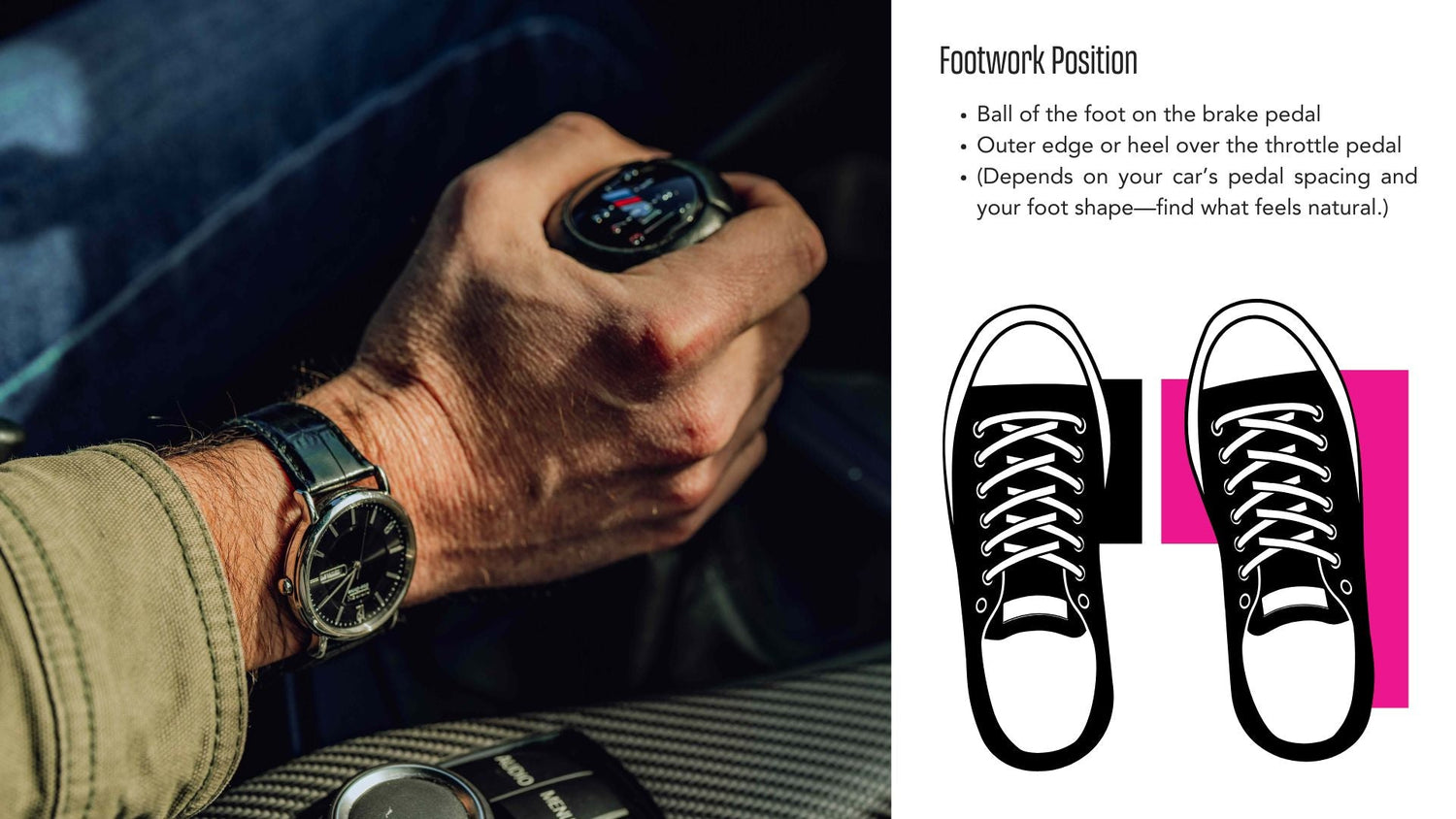
Heel & Toe Downshifting: The Essential Driver’s Technique
Where Finesse Meets Function
Heel & toe downshifting isn’t just a flashy racing trick—it’s a core skill that belongs in every driver’s toolkit. Sure, it looks and sounds cool (because it is), but the real magic is in how it transforms your driving. This technique keeps your car balanced under heavy braking, smooths out gear changes, and lets you attack corners with confidence.
How Heel & Toe Works
Here’s the play: your right foot has to multitask. The ball of your foot presses firmly on the brake while the edge—or toe—quickly blips the throttle. That “blip” raises the engine RPMs to match the lower gear you’re selecting. When you release the clutch, the transition is seamless, the car stays settled, and you’re already set up for a cleaner exit.
Master it, and suddenly you can brake deeper, downshift smoother, and carve corners with more control.
Why Every Driver Should Know This Move
Even if you’re piloting a paddle-shift car or driving an automatic, learning heel & toe is worth it. The technique teaches:
-
Mechanical synchrony – syncing engine speed with gearbox rhythm
-
Throttle control – precision inputs that sharpen your driving
-
Car connection – building a deeper sense of balance and flow on track
It’s more than just shifting gears—it’s about understanding how your car breathes, reacts, and flows through every corner.
Master the Rhythm, Own the Balance
Heel & toe downshifting is equal parts art and science. When you get it right, you’ll feel the car respond in harmony, as if it’s working with you instead of against you. That’s the kind of connection that separates casual drivers from true performance enthusiasts.
Master the rhythm. Own the balance. That’s heel & toe.
